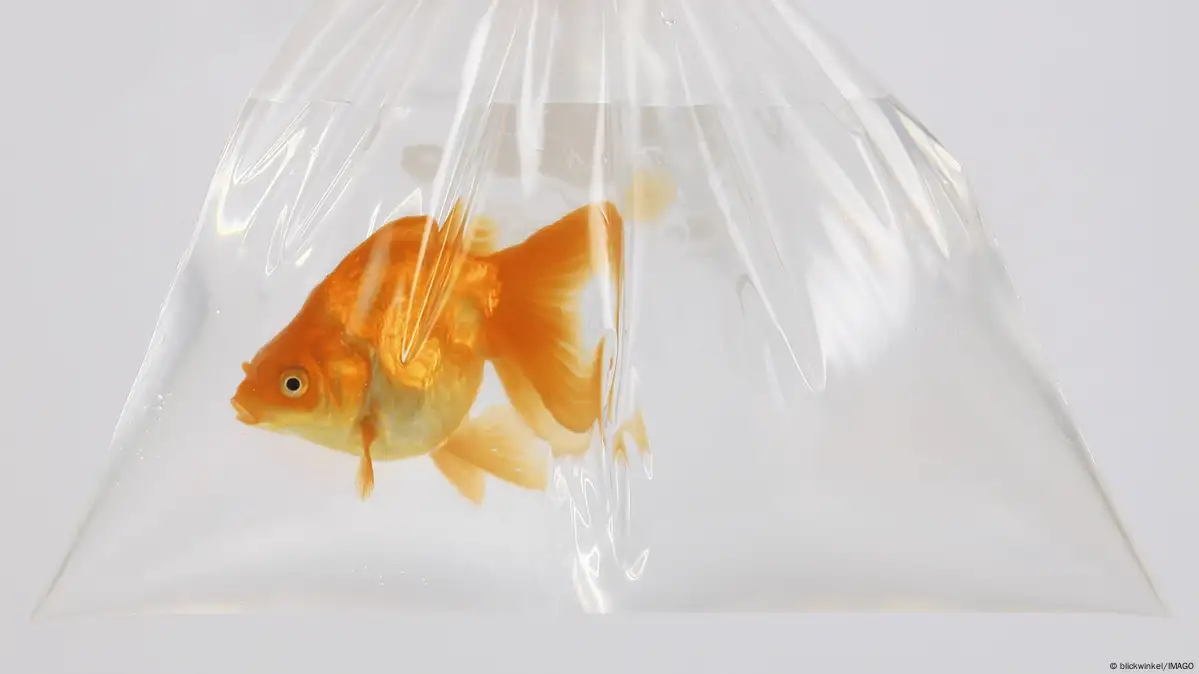This week's Tomorrow Today viewer's question comes from Romina Roncal in Peru. You can also submit a question to us – just ask!
Fish sleep quite differently to animals on dry land — but how exactly? Fish have no eyelids so cannot close their eyes, but it is still possible to tell when fish are sleeping by changes in their behavior . Sleeping fish are less active: their metabolism and breathing slows down. They also react less to stimuli.
However, some fish continue to swim while they are sleeping, like tunas and some sharks. That's because it is the only way they can keep their gills supplied with oxygen. Scientists suspect that only one half of their brains goes to sleep while the other half stays awake. Some fish also sleep in shoals, which researchers believe that some of the fish stay awake in order to warn others of danger. Others just snooze wherever they can, hide between rocks or bury themselves in the sand.
Nature's own sleeping bag for fish
There are also fish with some very special sleeping habits. Parrotfish, for example, build a type of sleeping bag out of mucus. It sounds disgusting, but it protects them from being sniffed out by predators like moray eels. And in the Mediterranean, there are blennies that move onto land at night to avoid being eaten by predators.
Just like humans, most fish are diurnal and rest at night. However, there are also nocturnal species that go hunting at night and sleep during the day. But unlike us, fish never fall into a deep sleep in which they are no longer aware of their surroundings — the threat of being eaten by predators is too great. And so most fish only relax for a few minutes at a time.
